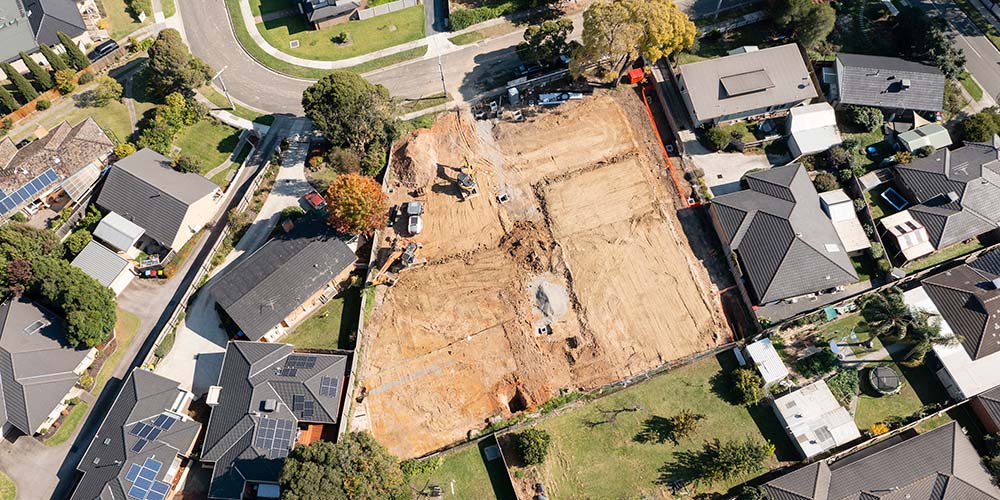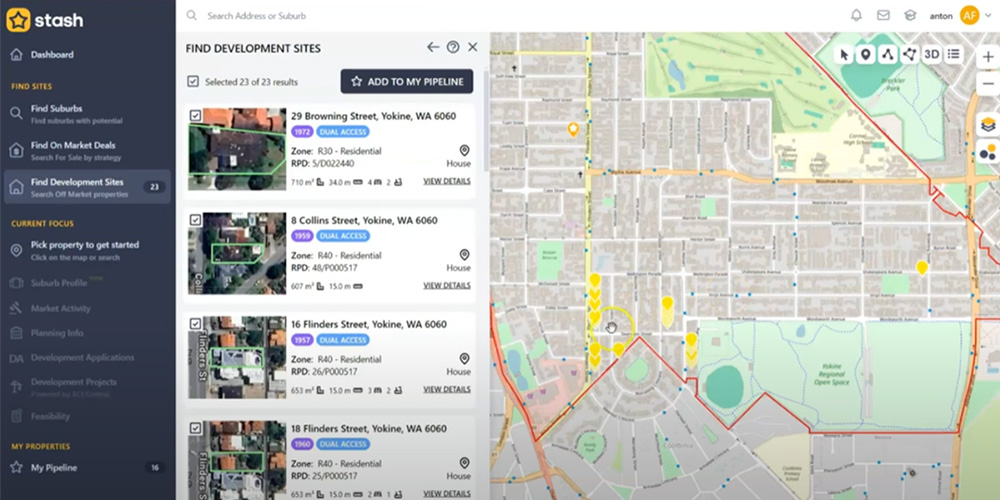
The changing housing needs of Australia and how property developers are key to meeting this.
Small is the new big.
Anyone who has done my property development courses will know that key metrics we weigh up when deciding what to do with a property and achieve a profitable outcome is driven by two factors: what we can do (assessing statutory compliance) and what we should do (looking at market demand for product types ). These two factors are not static, they evolve all the time, and are area specific. State by state, local government to local government area. Studying these and keeping an eye on them allow us to observe patterns and discern opportunities, particularly ones that no one else is taking advantage of.
Australia is at a curious changeover point, where cultural and demographic shifts are not being accommodated. This in in part driving the housing crisis until we supply more of the housing Australia needs, not what the development lobbies and project housing industry are accustomed and set up to deliver.
- In the next 3-year period, over 4 million Australians, one of the largest cohorts in history, will be eligible for retirement. Not all of these are cashed up great white sharks. According to the Australian Bureau of Statistics, less than half of these have sufficient superannuation to see the through to end of life on their current lifestyle projector, and a larger number of those with debt still would gut a significant amount of their super to pay off their liabilities, like mortgages, on retirement. Downsizing will be their only option to sustain a quality of life without solely relying on the pension. When they vacate their current promises that’s also going to more big family homes to the market, but where do they go or move to?
- Younger Australians and families are having kids later than ever and having less kids than ever. We are barely managing a replacement rate of 2 kids per couple, a long way from the boomer generation that frequently came from rabbit warrens of 4 or more kids. A growing cohort of young people today are also not having any kids. They are either choosing not to (cost of living and/or lifestyle; this accounts for at least 1 in 4 of my couple friends and they are very at peace with their decision) or have left it too late, attempting to have children into their late 30’ s with limited IVF success. Do these people need sprawling 4 and 5 bed family homes?
- Single households, meaning people living alone, is one of the largest growing cohorts in our population over the last few decades, older single women (over 50) being amongst the biggest group in the mix. A decade ago, the ABS recorded 2 million lone-person households, and this is projected to increase to up to 3.5 million by around 2040. Many of these single people are currently living in 3 and 4 bedroom homes, because that’s what there is available to build and buy, unless you want an apartment (not everyone’s cup of tea).
This in mind, the question really is there as to why we keep building so many more family homes, that are underutilised or not fit for purpose?
On my analysis, we don’t have a housing crisis: we have a humanity crisis. Its clear co-living and renting our rooms to strangers is not everyone’s cup of tea. Which is fine, but then we need more smaller homes, not mor bigger ones with empty rooms.
Our homelessness is equally contributed to by the incorrect supply of housing needs than planning and land supply issues. We are too slow to release land, but also make inefficient use of land we have for the current and projected populations needs.
Opportunities for Western Australian Developers.
Producing small homes for growing numbers of smaller households that there is demand for based on people’s lifestyle, budget and place in life. This means backyard infill, focusing on special purpose dwellings where you get lot concessions. You can do some of these homes, depending on the density coding, on lots as small as 100m2. These dwellings typologies including:
- 70m2 Ancillary dwellings (granny flats) that no longer need planning approval provided they meet some revised (but relaxed) planning parameters.
- 100m2 Aged dependent and 70m2 single bed dwellings for lots under R25 in the current R-codes.
- Small and accessible dwellings in the incoming medium density framework for lots coded R30-R60 (Subject to the final code version gazette).
- 70-120m2 terrace typologies for bigger developers, on small infill lots, to get singles and couples into good suburban areas without pushing them into an apartment.
There are opportunities for everyone, including the project housing lobby and mid-sized developers. It’s just about doing something a little different.
To learn more about how ancillary, single bed, small, and accessible dwellings can be used, get in touch with our team for a consult on doing a project that does just this!




